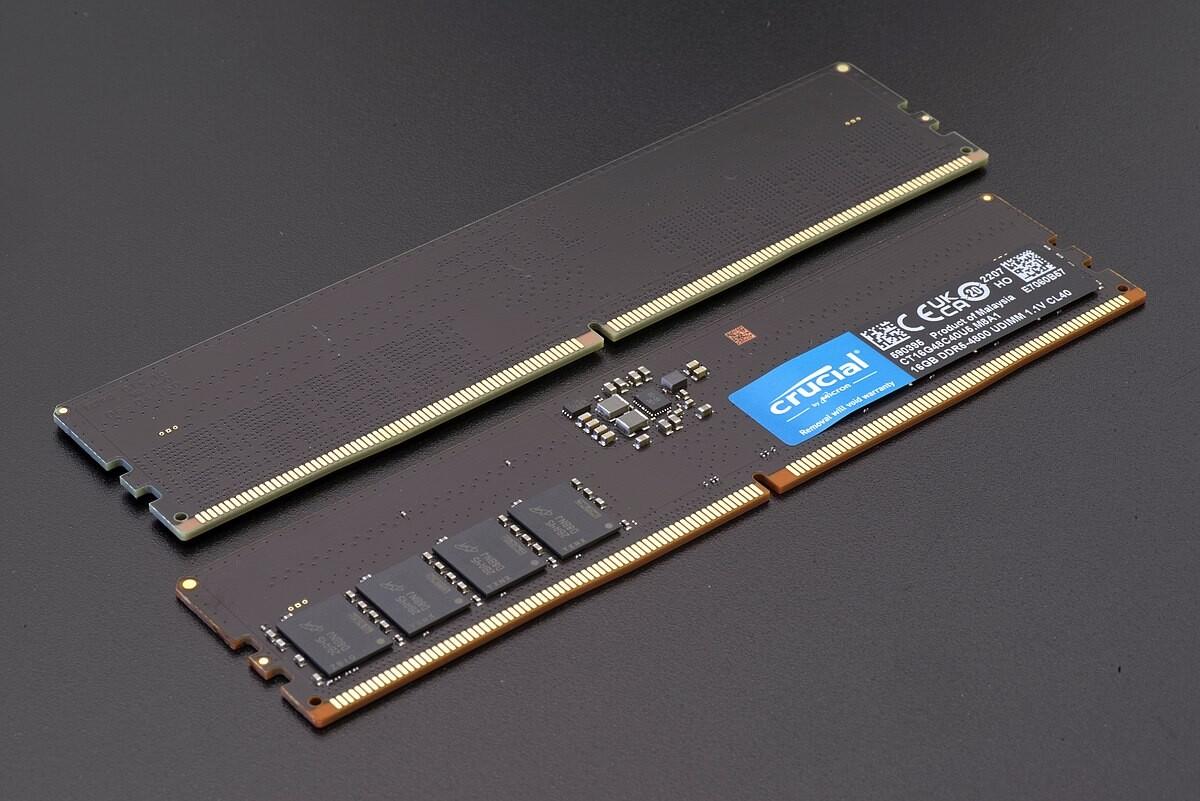Intel's forthcoming LGA1851 desktop platform is projected to transition fully to the DDR5 memory standard, discontinuing DDR4 support.
This move follows the LGA1700 socket, which supported both DDR4 and DDR5 memory standards and covered three generations of Core processors from the 12th to the 14th generation. Leaf Hobby, a source with a history of accurate Intel-related leaks, suggests that the LGA1851 will be the primary desktop platform for Intel until 2026. The platform is slated to launch alongside the successor to the 14th Gen "Raptor Lake Refresh" Core desktop processor generation. Despite the credibility of Leaf Hobby's previous leaks, the current details are yet to be confirmed.
Leaf Hobby's disclosures hint at Intel's intention to uphold the LGA-1851 platform until 2026, proposing the launch of at least three CPU series within its standard one-year release cycle. This projection doesn't automatically denote a new architecture, as the upcoming Raptor Lake Refresh indicates. Presently, only ARL-S ES1/ES2 samples with configurations of 6 Performance and 8 Efficient cores are detected. The configuration for Intel's prospective Core 9 desktop series might feature 8 Performance and 16 Efficient cores. There's ongoing speculation about a next-generation Core i5 CPU, potentially labeled as Ultra 5 160, with a possible inclusion of 8 Performance cores—this would be 2 cores more than the i5-13600/14600 series.
Some key insights from Leaf Hobby:
- Development in CryoCooling design for Arrowlake-S.
- L2 and L3 cache extensions, and a distinct L3 cache for the GPU Tile.
- Considerations for the fifth generation architecture.
- Potential iGPU enhancements possibly in the 15th generation.
- An increased L2 cache to 3MB per core for Intel's Arrow Lake-S P-cores.
In the graphics department, Intel might implement a dedicated L3 cache reflecting Compute Tile configuration. Whether Arrow Lake will adopt Meteor Lake's L4 "Adamantine" cache design remains uncertain.
Leaf Hobby also previously divulged specifications of the Intel Z890 chipset for the Meteor Lake-S platform, which was later aborted. The Z890 chipset was predicted to provide 20 PCIe Gen5 lanes, an advancement from the 16-lane capacity in the LGA-1700 series.
No leaks regarding the LGA-1851 platform have mentioned DDR4 memory support. This corroborates claims from @momomo_us that LGA1851 will solely support the DDR5 memory standard. The LGA1851 socket is believed to retain dimensions similar to LGA1700, and it might also be backward compatible with previous cooling solutions. The socket is structured for up to 32 PCIe lanes with varying allocations for PEG, DMI chipset bus, and CPU-attached NVMe storage. Notably, specific allocations are predicted for Gen 5, while others remain at Gen 4. Additionally, socket modifications might cater to display I/O, consistent with Intel's expected upgrades to the iGPU in upcoming processors.
Intel LGA1851 Desktop Platform: DDR5 Transition and Future Possibilities


